Povera goes palatial: Michelangelo Pistoletto settles in at Blenheim Palace
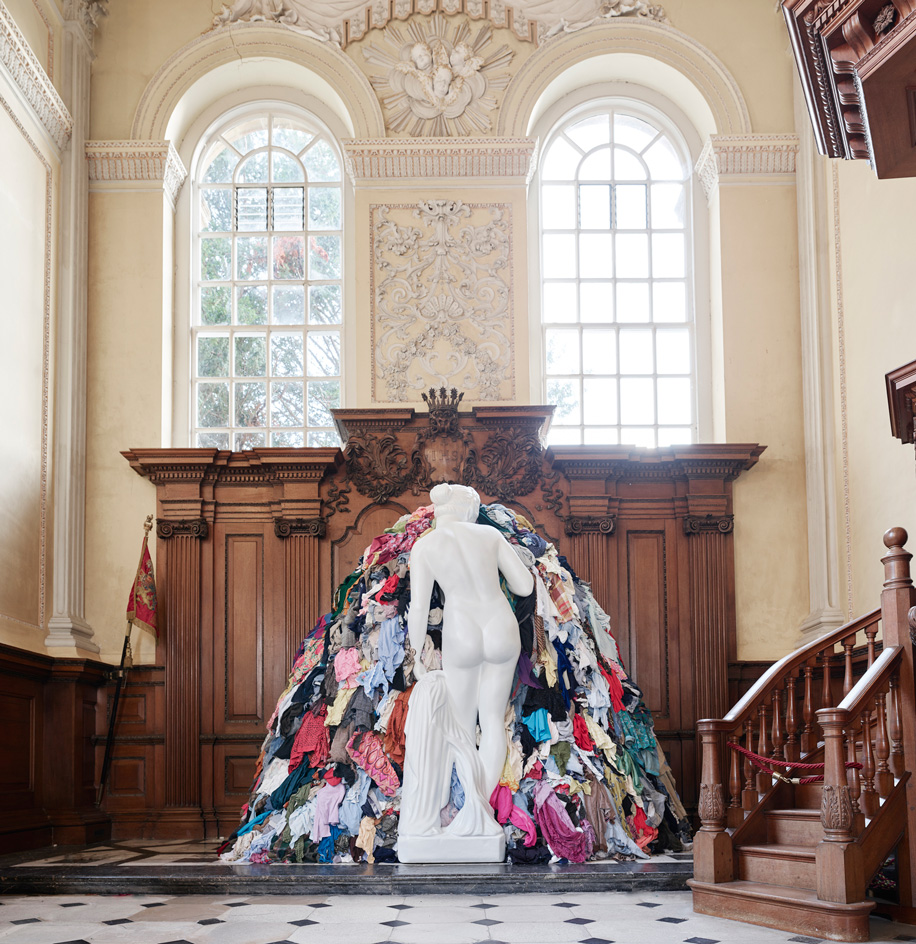
Michelangelo Pistoletto was one of the founding fathers of Arte Povera, the influential 1960s art movement that literally translated as 'poor art'. As such, his aim has always been to embrace worthless materials, to reject wealth and commodity in the art world, and to pave the way for art to become a means of social change. So what is he doing installing a show at Blenheim Palace, one of England’s wealthiest private stately homes? Pistoletto explains all to Wallpaper*...
W*: I see they haven't let you smash any mirrors [as in Pistoletto’s seminal performance piece Ten Less One] but have you had fun taking over the palace?
MP: I always have fun. It’s normal for me.
Good! But I mean, Blenheim is a symbol of English tradition, establishment, power... I thought you might have been interested in taking this on – with or without a sledgehammer!
This palace is an important symbol of tradition but today we have to use the concept of power in a different way. The fact that it is open to art and creativity means it’s open to a new vision. The palace can be the conjunction of old and new perspectives. The old perspective is the storytelling of the past. Now we have to propose a new story.
You have created all sorts of stories around the grounds here, including a rather sinister one – a gold Volkswagen Polo sinking in the fountain. What does this propose?
I saw that work as a mirage – I had a spontaneous vision of it when I first came here. It suggests disaster. We are in a time of disaster.
I made the car in gold. Like the palace the car is, for us, a symbol of gold – only for people of today the car represents gold in terms of modernity, science, technology. Look at the palace: the gold is still here, but the real use is past. It has sunk; it’s not active any more. The same thing with the car. In this situation, magnificence and disaster occur at the same time. I’m interested in the point of friction where opposing forces like magnificence and disaster meet, that's what people perceive.
So you intend to create a sense of drama through contrast?
Contemporary art and an antique palace – they are totally different things. It is very interesting to see the contrast between both situations. Bringing them together you open up the void between them. We need the void in order to change – la marcia – what is it called in the car?
The gear?
You have to change gear, go into neutral, before you change speed. Then you produce a new direction.
Perhaps Arte Povera has found its perfect point of polarity, in a luxurious English palace?
Art Povera doesn’t mean miserable art, it means essential, it means excluding the superfluous. When you have a vision of something you want to reach, first of all you have to ask: what is the opposite of it? You have to consider what is different about the opposite and then set about moving everything.
In other words, if you have a thesis, you look to the antithesis, and then you make a synthesis. Always make a synthesis. If you simply make a thesis, the antithesis exists somewhere that will make a war with your thesis. You have to make the synthesis yourself. If everybody makes that, we have an exchange of synthesis. Synthesis is always a creation. The synthesis is essential. And you always have to have two polarities in order to create it.
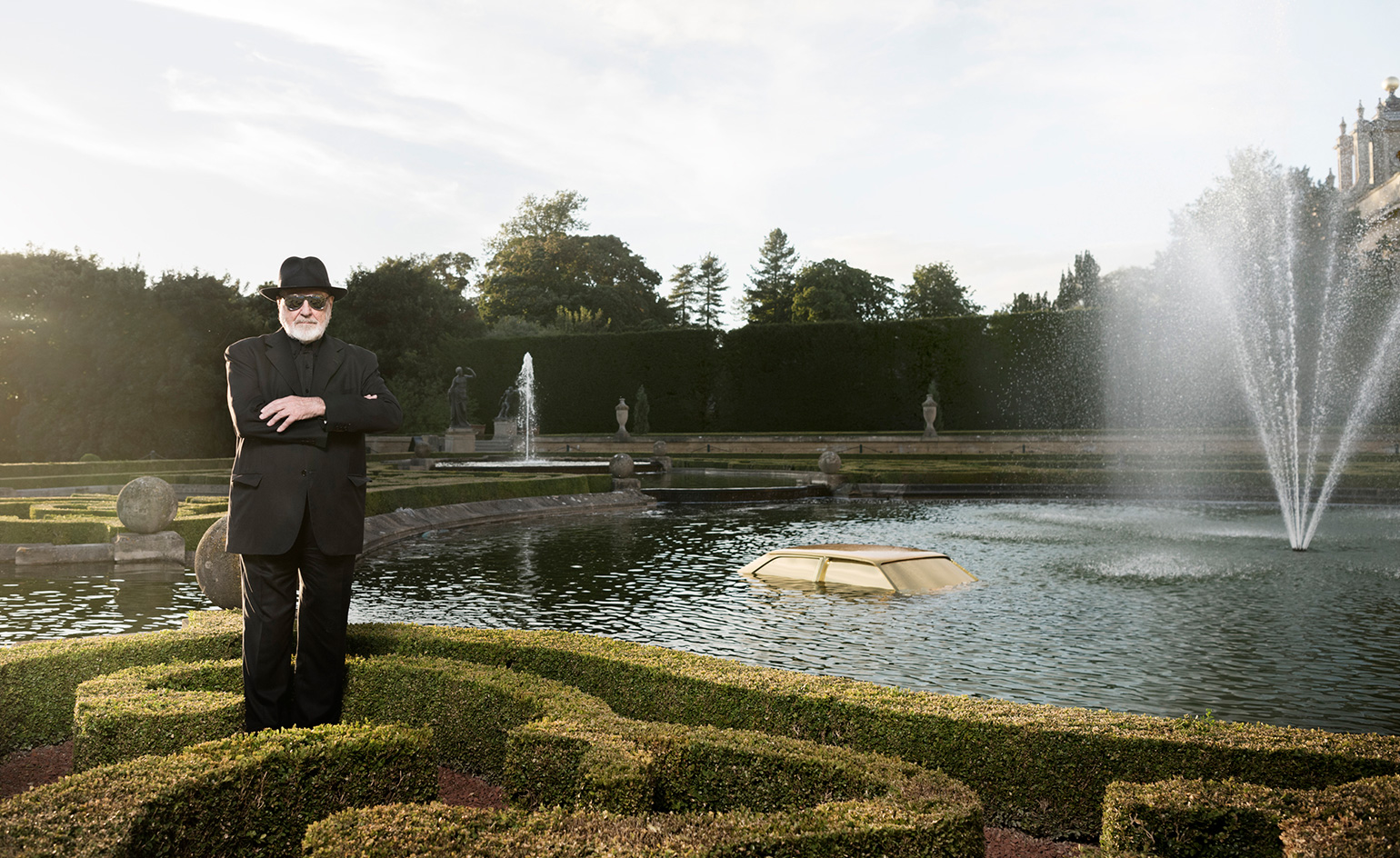
A portrait of Michelangelo Pistoletto at Blenheim Palace, with new commission Miraggio / Mirage, 2016. Courtesy Blenheim Art Foundation
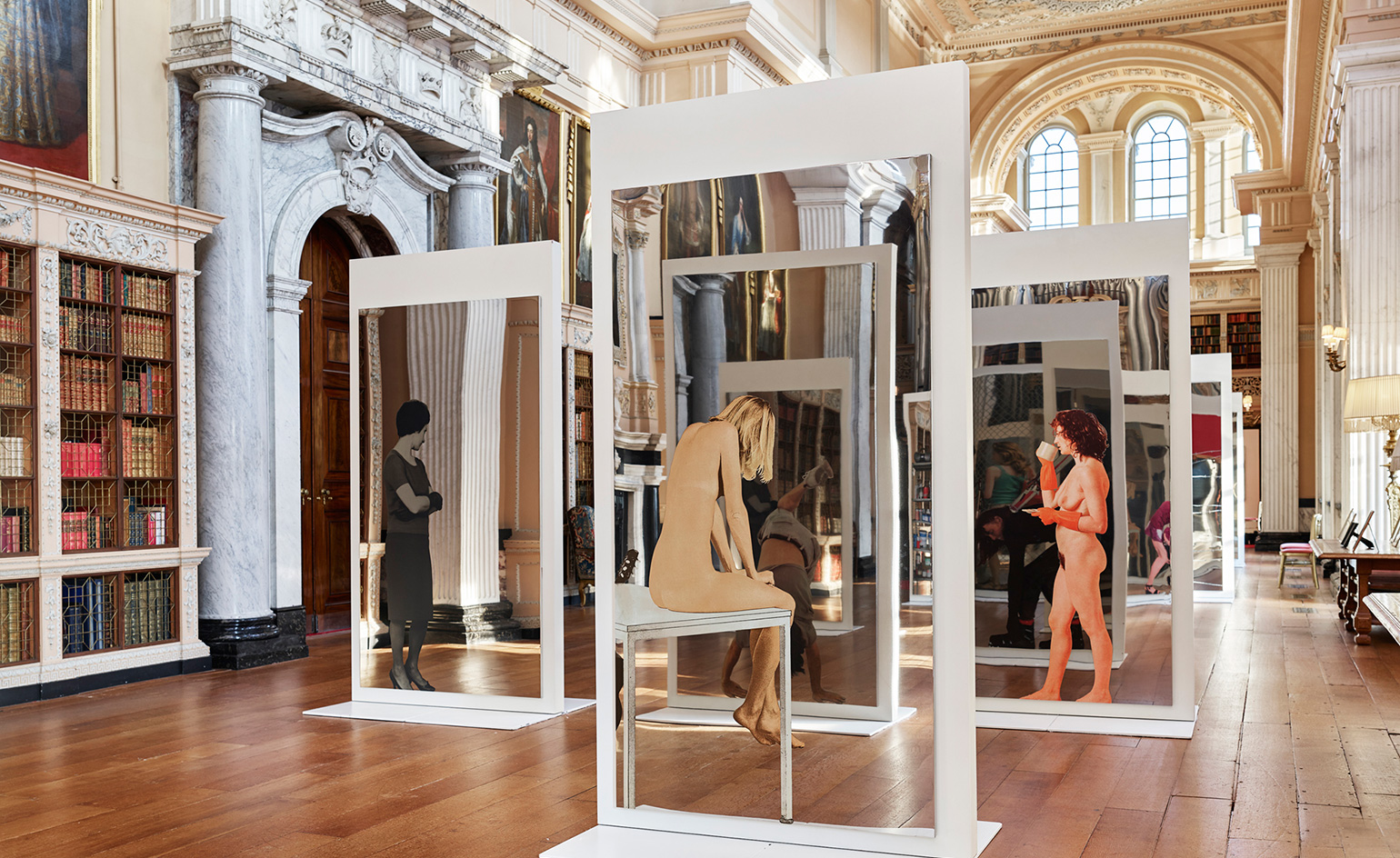
'This palace is an important symbol of tradition but today we have to use the concept of power in a different way. The fact that it is open to art and creativity means it’s open to a new vision,' says the artist of Blenheim Palace. Pictured: Il Presente / The Present and Quadri Specchiantii / Mirror Paintings, from Self‐Portraits, 1961–2016. Courtesy Blenheim Art Foundation
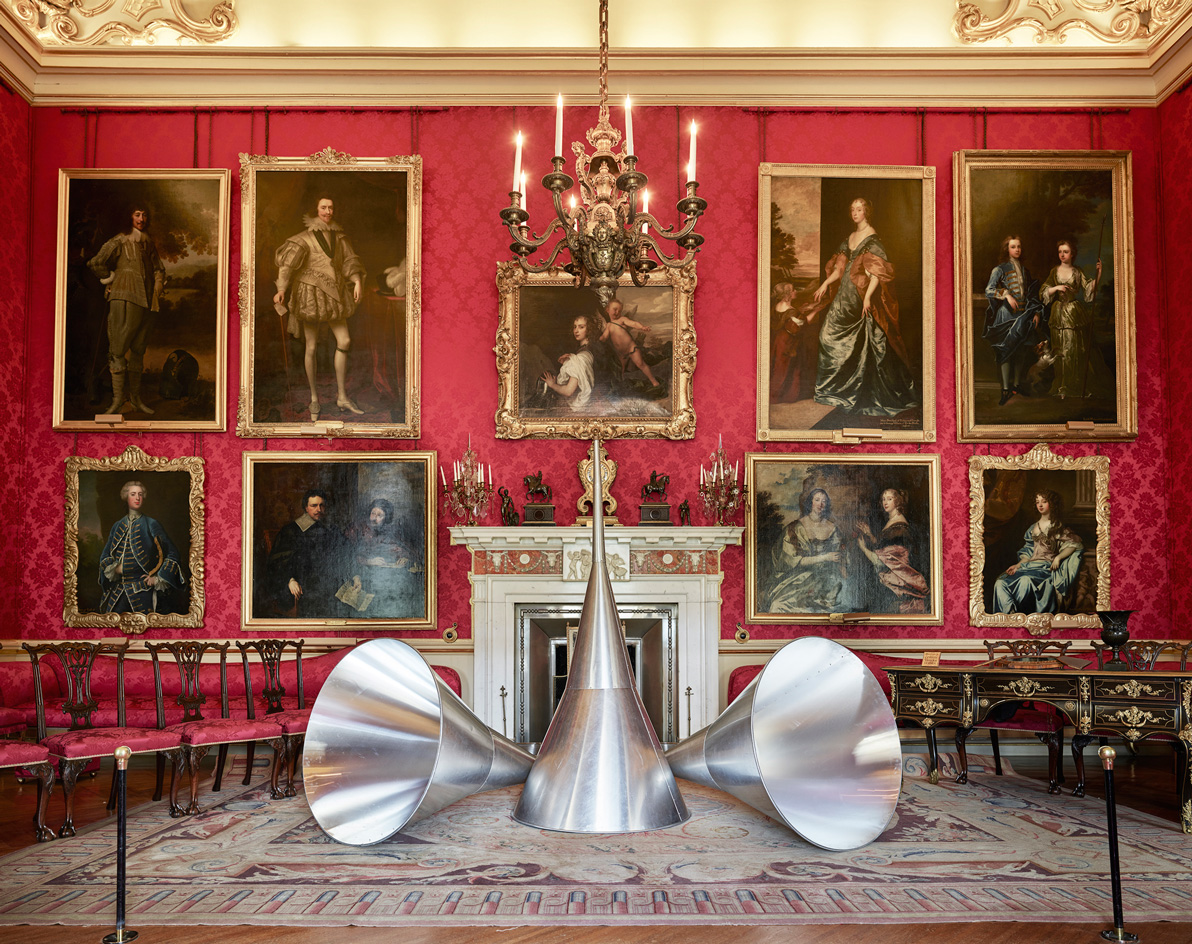
Le Trombe del Giudizio / The Trumpets of Judgment, 1968–1986. Courtesy Blenheim Art Foundation
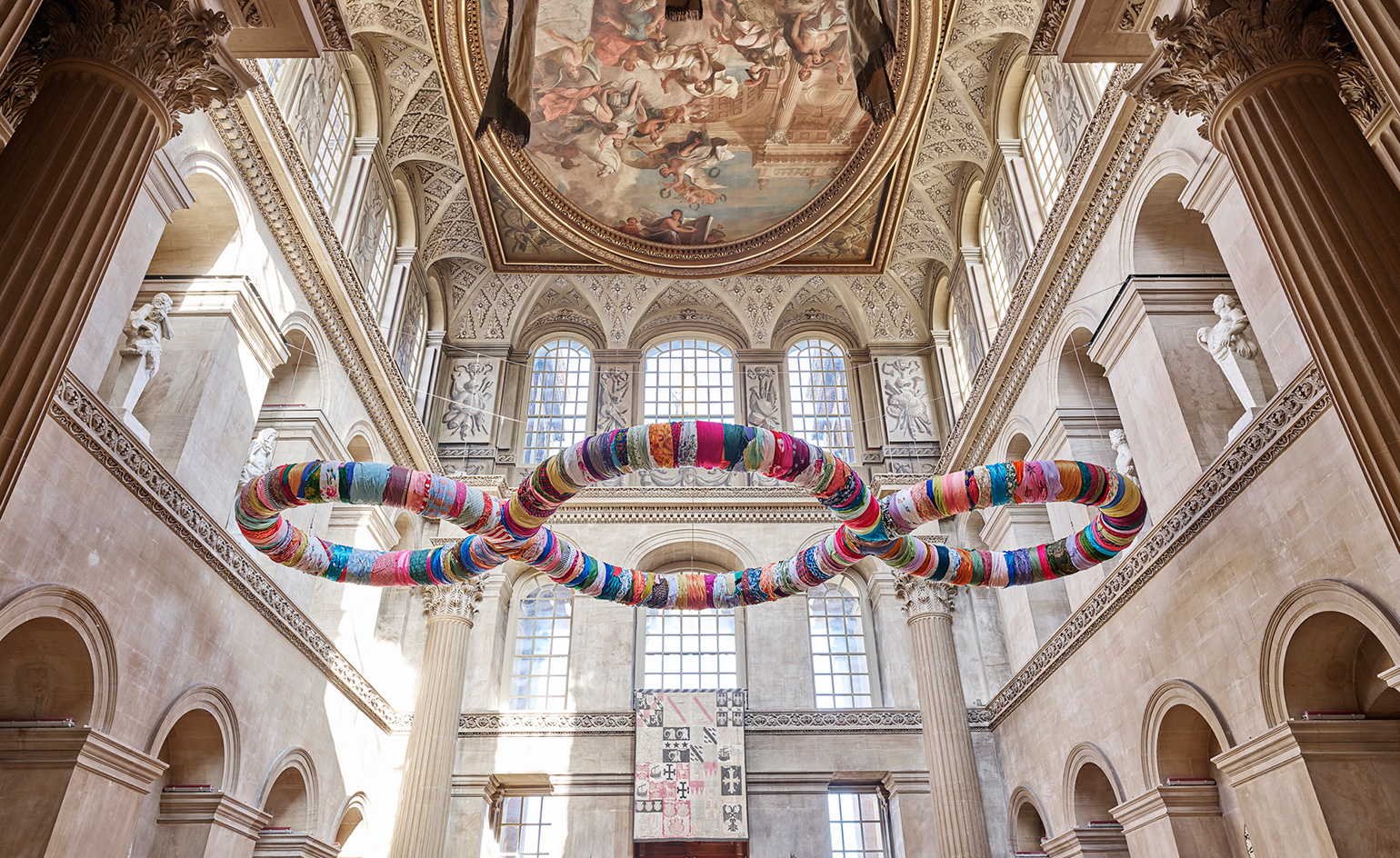
Terzo Paradiso / Third Paradise, 2003–2016. Courtesy Blenheim Art Foundation
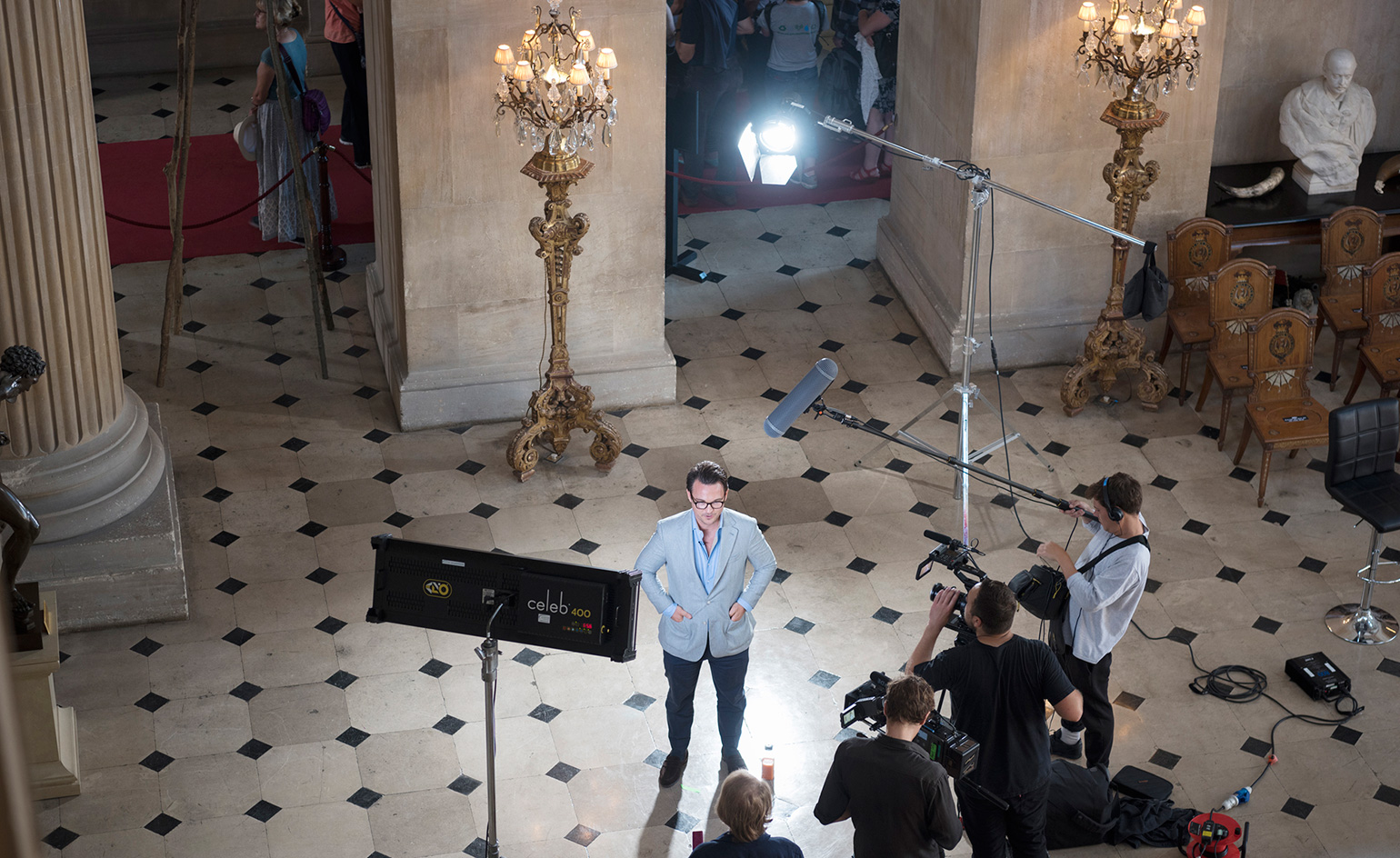
Portrait of Michael Frahm, director of the Blenheim Art Foundation, at Blenheim Palace, 2016
INFORMATION
’Michelangelo Pistoletto’ is on view until 31 December. For more information, visit the Blenheim Palace website
ADDRESS
Blenheim Palace
Woodstock, OX20 1PP
Wallpaper* Newsletter
Receive our daily digest of inspiration, escapism and design stories from around the world direct to your inbox.
-
 Eight designers to know from Rossana Orlandi Gallery’s Milan Design Week 2025 exhibition
Eight designers to know from Rossana Orlandi Gallery’s Milan Design Week 2025 exhibitionWallpaper’s highlights from the mega-exhibition at Rossana Orlandi Gallery include some of the most compelling names in design today
By Anna Solomon
-
 Nikos Koulis brings a cool wearability to high jewellery
Nikos Koulis brings a cool wearability to high jewelleryNikos Koulis experiments with unusual diamond cuts and modern materials in a new collection, ‘Wish’
By Hannah Silver
-
 A Xingfa cement factory’s reimagining breathes new life into an abandoned industrial site
A Xingfa cement factory’s reimagining breathes new life into an abandoned industrial siteWe tour the Xingfa cement factory in China, where a redesign by landscape specialist SWA Group completely transforms an old industrial site into a lush park
By Daven Wu
-
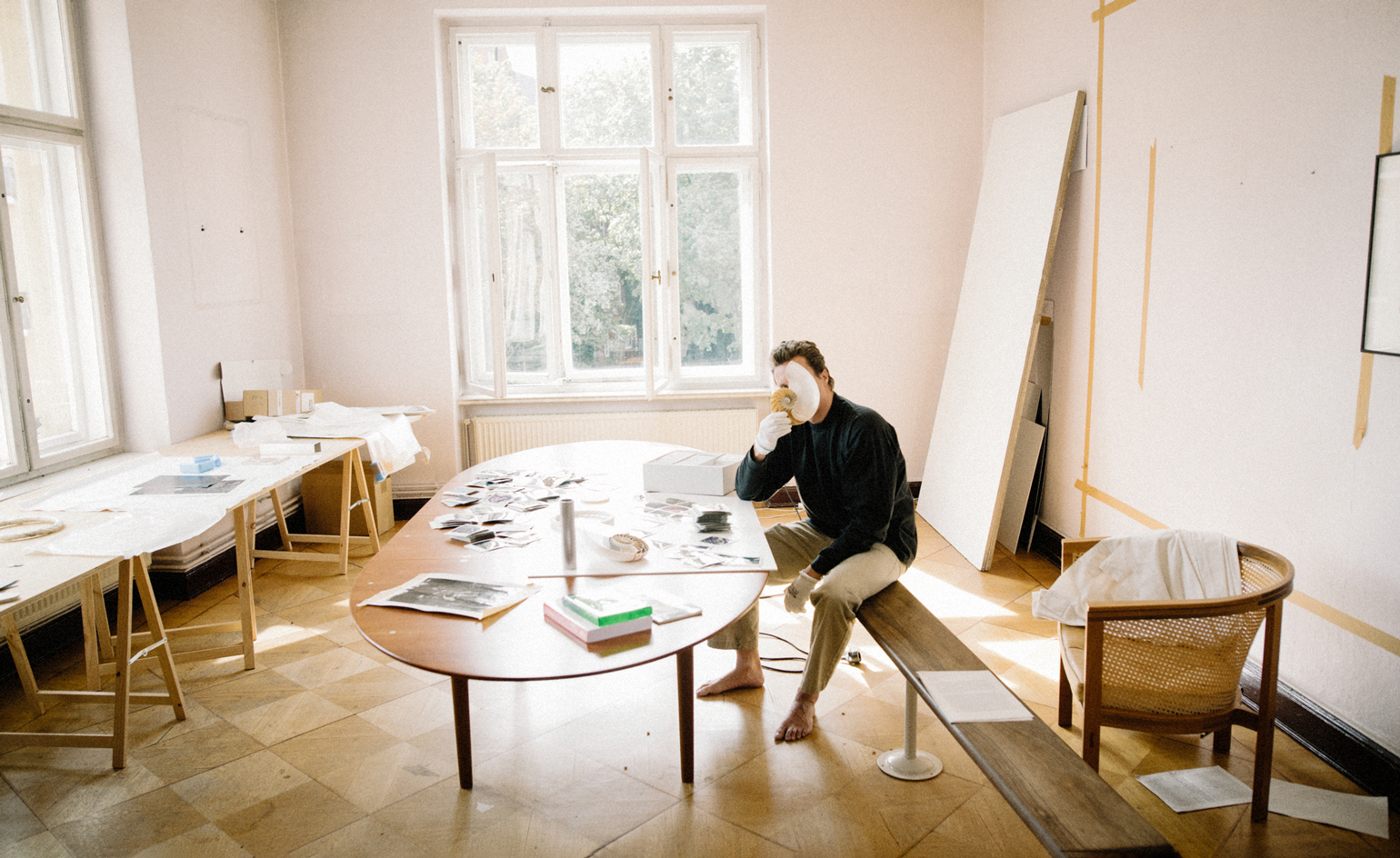 Cyprien Gaillard on chaos, reorder and excavating a Paris in flux
Cyprien Gaillard on chaos, reorder and excavating a Paris in fluxWe interviewed French artist Cyprien Gaillard ahead of his major two-part show, ‘Humpty \ Dumpty’ at Palais de Tokyo and Lafayette Anticipations (until 8 January 2023). Through abandoned clocks, love locks and asbestos, he dissects the human obsession with structural restoration
By Harriet Lloyd-Smith
-
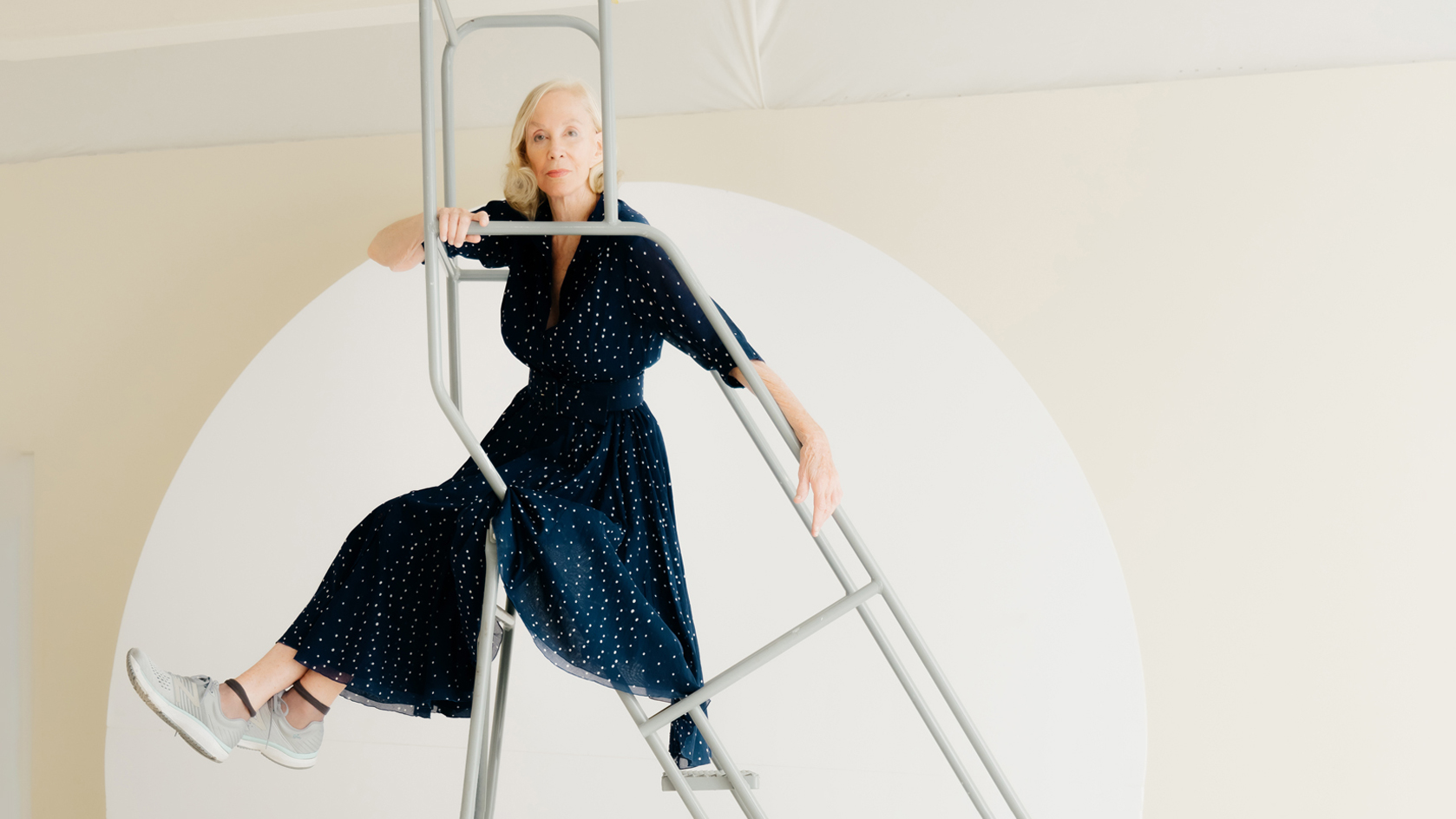 Year in review: top 10 art interviews of 2022, chosen by Wallpaper* arts editor Harriet Lloyd-Smith
Year in review: top 10 art interviews of 2022, chosen by Wallpaper* arts editor Harriet Lloyd-SmithTop 10 art interviews of 2022, as selected by Wallpaper* arts editor Harriet Lloyd-Smith, summing up another dramatic year in the art world
By Harriet Lloyd-Smith
-
 Yayoi Kusama on love, hope and the power of art
Yayoi Kusama on love, hope and the power of artThere’s still time to see Yayoi Kusama’s major retrospective at M+, Hong Kong (until 14 May). In our interview, the legendary Japanese artist vows to continue to ‘create art to leave the message of “love forever”’
By Megan C Hills
-
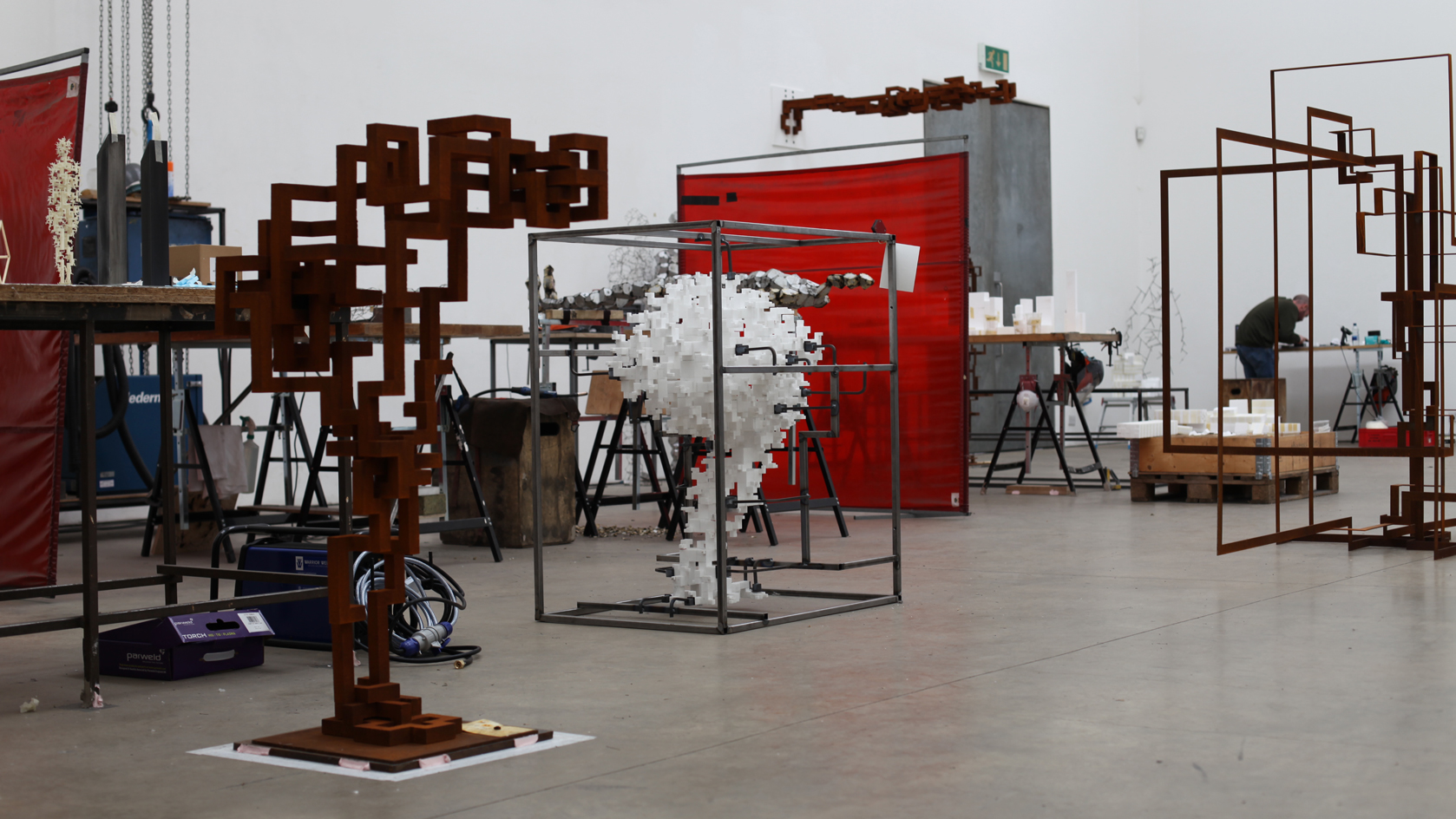 Antony Gormley interview: ‘We’re at more than a tipping point. We’re in a moment of utter crisis’
Antony Gormley interview: ‘We’re at more than a tipping point. We’re in a moment of utter crisis’We visit the London studio of British sculptor Antony Gormley ahead of his major new show ‘Body Field’ at Xavier Hufkens Brussels
By Harriet Lloyd-Smith
-
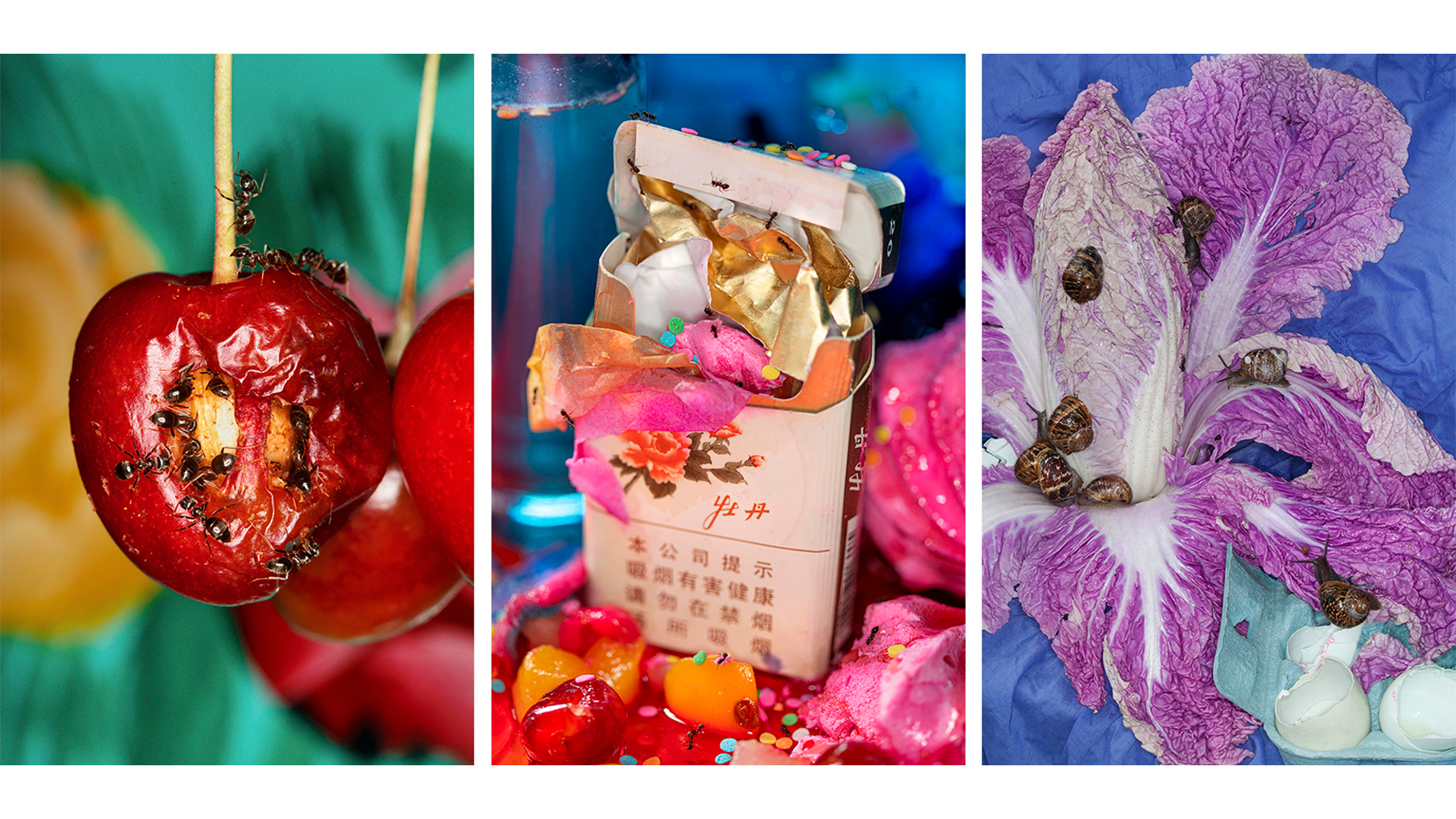 Photographer Maisie Cousins on nostalgia, impulsive making and ‘collecting useless things’
Photographer Maisie Cousins on nostalgia, impulsive making and ‘collecting useless things’Explore the vision of British artist Maisie Cousins in ‘Through the lens’, our monthly series spotlighting photographers who are Wallpaper* contributors
By Sophie Gladstone
-
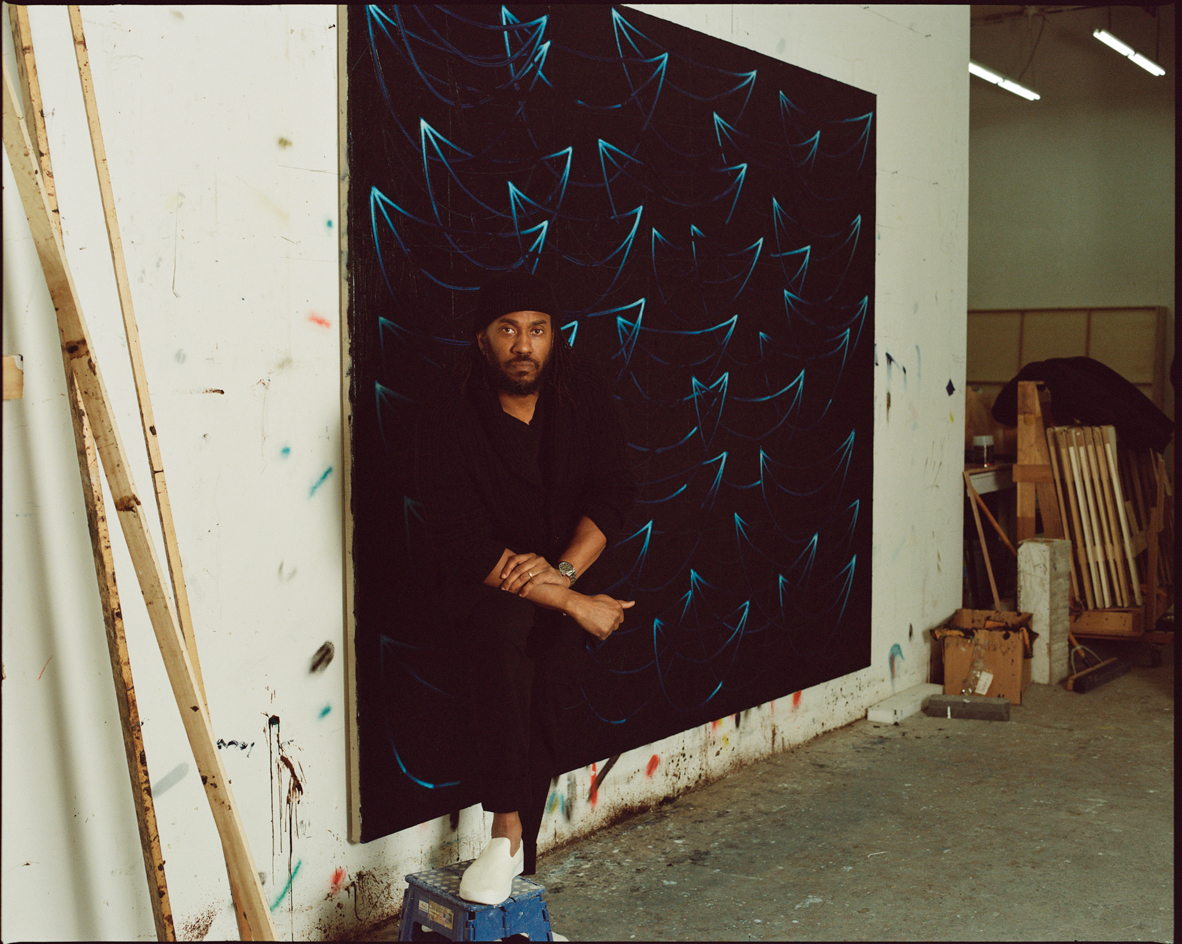 Rashid Johnson in Menorca: a journey through migration, longing and togetherness
Rashid Johnson in Menorca: a journey through migration, longing and togethernessWe visited Rashid Johnson’s Brooklyn studio ahead of the artist’s show at Hauser & Wirth Menorca, which contemplates drift – physical and emotional
By Osman Can Yerebakan
-
 Step inside the kaleidoscopic universe of Pipilotti Rist
Step inside the kaleidoscopic universe of Pipilotti RistSwiss artist Pipilotti Rist, who headlines Wallpaper’s November 2022 issue, has transformed the way we see, with a poetic yet playful practice spanning three decades. Here, and in a special portfolio, she reveals how she has liberated video art from its conventions, imbued the digital realm with emotion, animated public spaces, and harnessed the healing powers of colour
By Jessica Klingelfuss
-
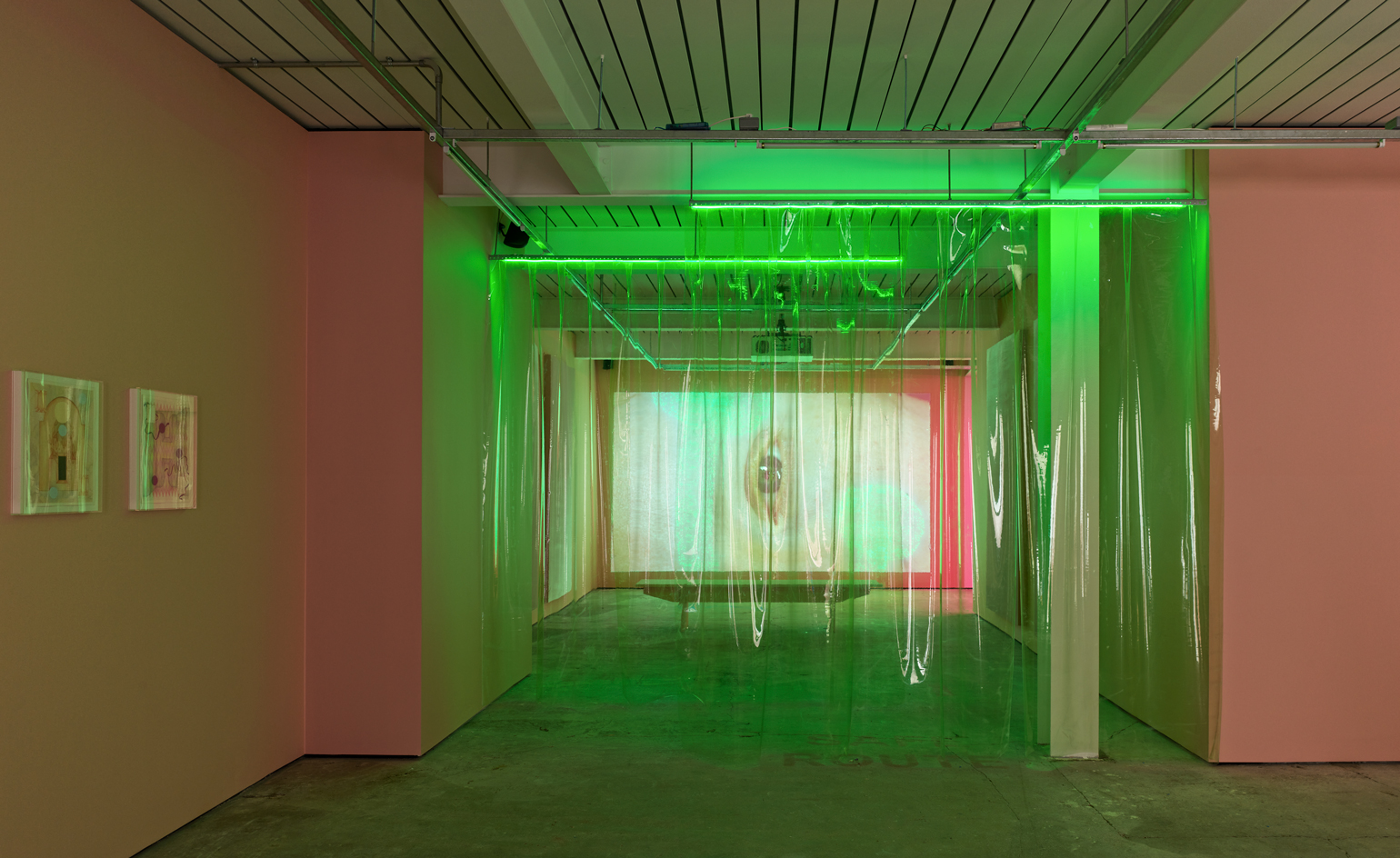 Gathering: the new Soho gallery blending art and social activism
Gathering: the new Soho gallery blending art and social activismGathering, the newest gallery resident in London’s Soho, will focus on contemporary art exploring systemic social issues. Ahead of Tai Shani’s inaugural show, we speak to founders Alex Flick and Trinidad Fombella about their vision for the gallery
By Harriet Lloyd-Smith